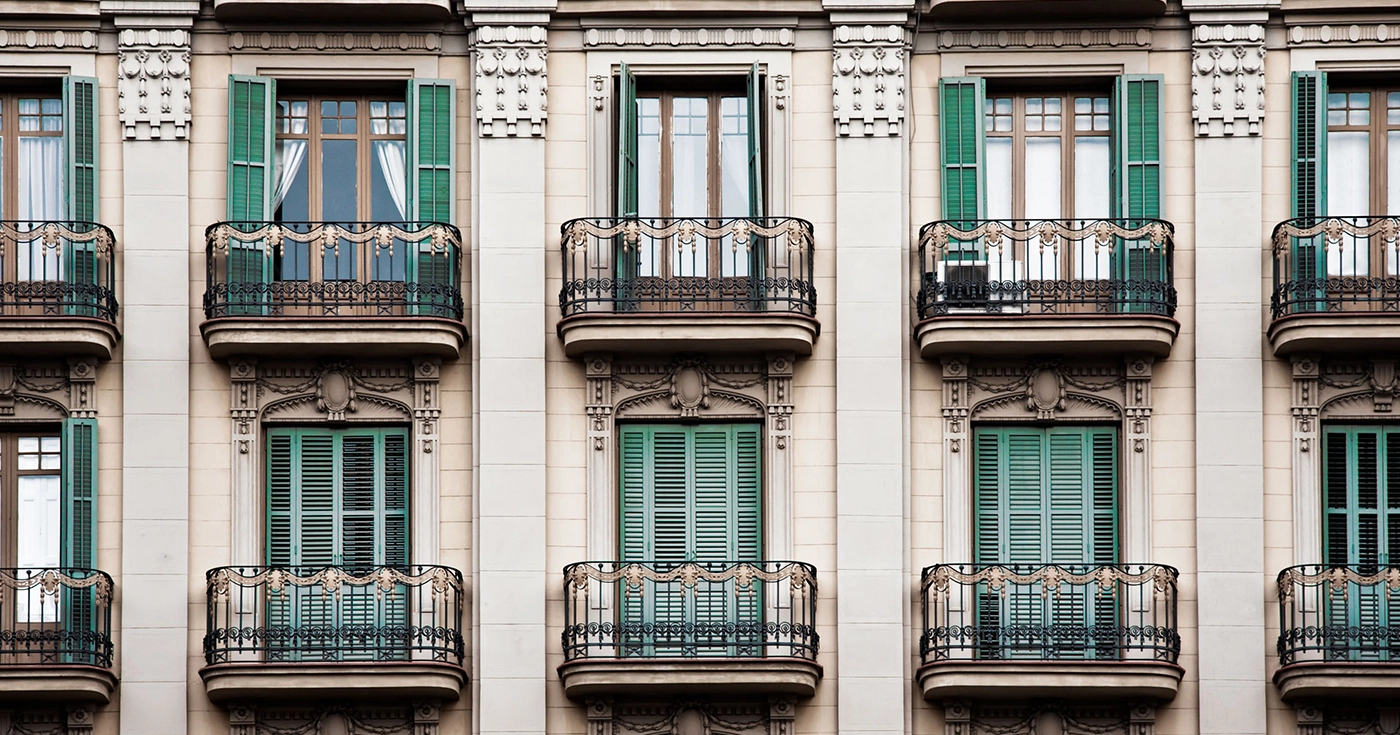
Home purchases without mortgages are increasing
Last Updated on 24 October 2024 by Equipo Urbanitae
In recent years, an interesting phenomenon has emerged in the Spanish real estate market: the rise in home purchases without a mortgage. In a context where credit has tightened—the Euribor stood above 3% in December 2022 for the first time in 14 years—and supply continues to fall short of demand, it is striking that a growing number of buyers are opting to purchase properties without resorting to mortgage loans. But what is driving this change?
Changes in buyer profiles
Traditionally, buying a home in Spain has been closely linked to obtaining a mortgage loan. In fact, in a country with a deeply ingrained homeownership culture, mortgages have been the most common way to finance such a significant investment. However, today a considerable number of buyers are choosing to pay in cash. Over the past year, the percentage of this group of buyers has risen from 32% to 35%, a difference of three percentage points, and a record eight points higher than in 2022, when the percentage was 27%, according to Fotocasa.
One of the key factors behind this phenomenon has been the shift in buyer profiles. More and more, we find middle-aged individuals–49 years old on average–especially women, who, after years of saving or from the sale of another property, have enough capital to purchase a home without needing external financing. Another notable group of buyers without mortgages consists of both domestic and international investors, who see buying a property as an opportunity to earn returns through rental income or property appreciation.
However, it is important to note that the majority of buyers still require a mortgage loan: 66%. This percentage, while still the majority, is slightly lower than the 68% recorded the previous year. Furthermore, out of this 66%, only 54% received bank financing, while another 12% also required family assistance in addition to the mortgage loan to complete the purchase. The predominant profile in this case is an upper-middle-class individual, 42 years old, living with a partner or with a partner and children.
Economic context: Lower interest rates and accumulated savings
This year, the European Central Bank lowered interest rates twice, bringing them down to 3.5%. This move could be seen as a stimulus to consumer spending and a direct improvement in mortgage loan conditions. From now on, citizens with variable-rate mortgages will see a reduction of between 80 and 190 euros per month, representing a 10% year-on-year decrease, according to an analysis by Fotocasa.
In addition, there has been a phenomenon of accumulated savings that many have been able to capitalize on in recent years. During the pandemic, many families and individuals were able to save more than usual due to reduced spending on certain activities, such as travel or leisure. These savings have led some buyers to take advantage of their capital to purchase a home, as a way to invest securely in a tangible asset during times of financial volatility.
What effects does the increase in mortgage-free home purchases have on the market?
The growth of mortgage-free home purchases has several interesting implications for the real estate market. On one hand, it may be contributing to price increases in certain areas, especially those with high demand from buyers who can afford to pay in cash. This is particularly relevant in large cities and coastal areas, where prices are already significantly high and competition for properties is greater.
On the other hand, this phenomenon could be limiting access to housing for those who need financing, as buyers without mortgages can close deals more quickly and easily, making them a more attractive option for sellers.
Conclusion: A market in transformation
The rise in mortgage-free home purchases reflects a significant change in the Spanish real estate market. Factors such as changing buyer profiles, the economic environment, and the role of investors are influencing this trend.
The ability to acquire property has emerged as an opportunity available to a limited segment of the Spanish population: individuals with high levels of savings or investors with access to capital, highlighting a growing gap between those who can take advantage of these opportunities, those who depend on bank financing, and those who still cannot afford to buy a home.
Looking ahead, it will be interesting to observe how this trend evolves and what impact it will have on housing access and prices. What is clear is that the Spanish real estate market continues to adapt to new circumstances, offering both opportunities and challenges for buyers and investors.

